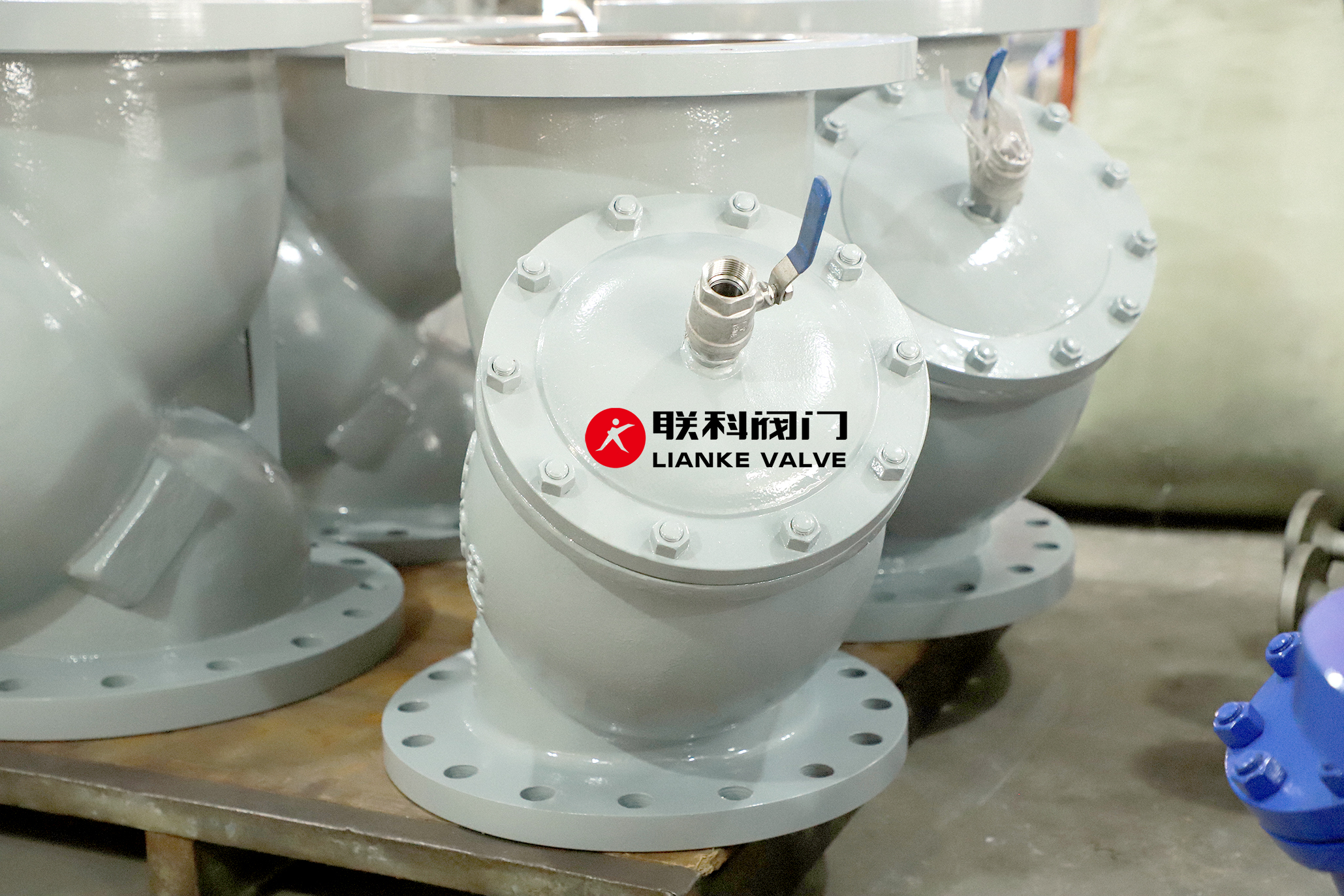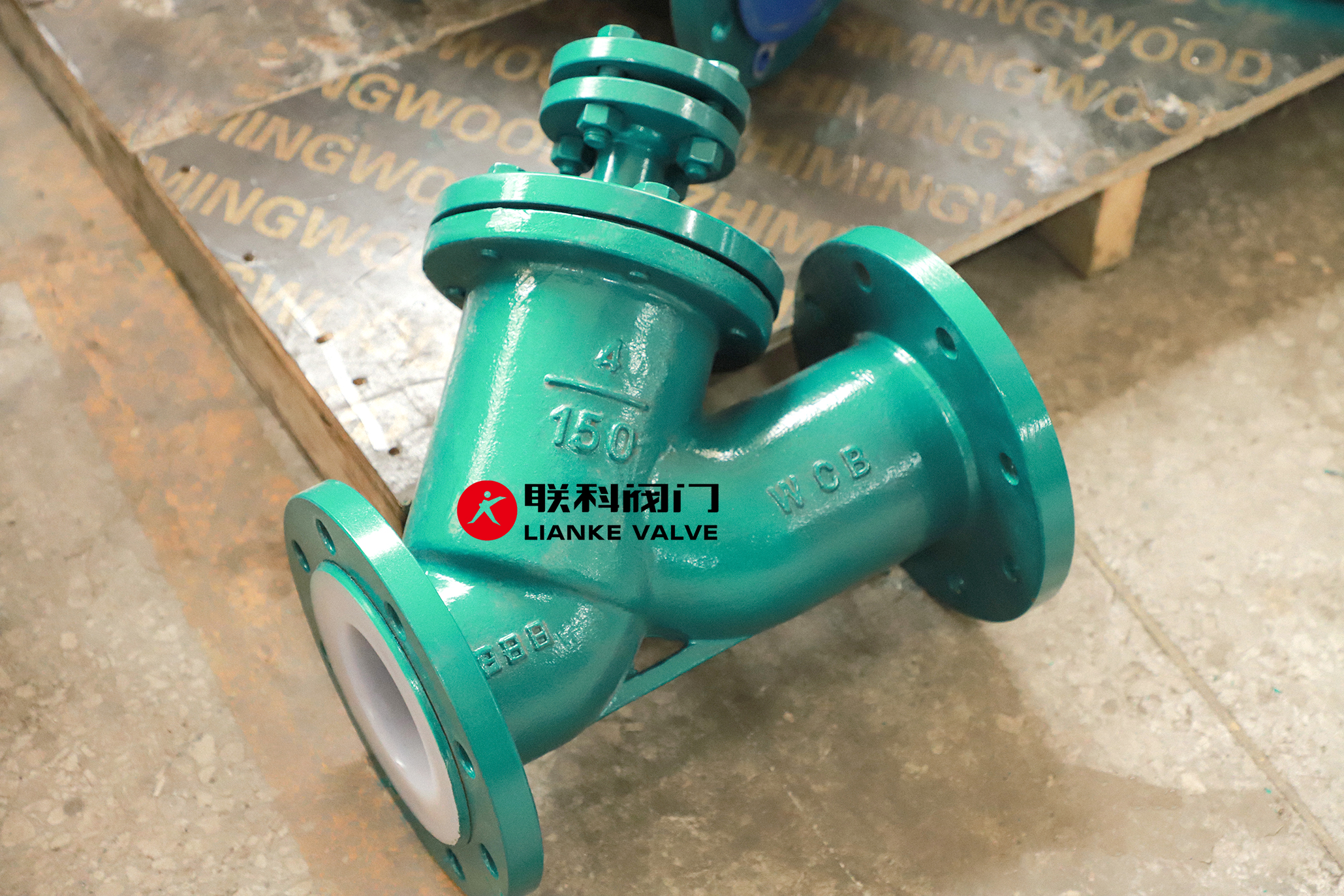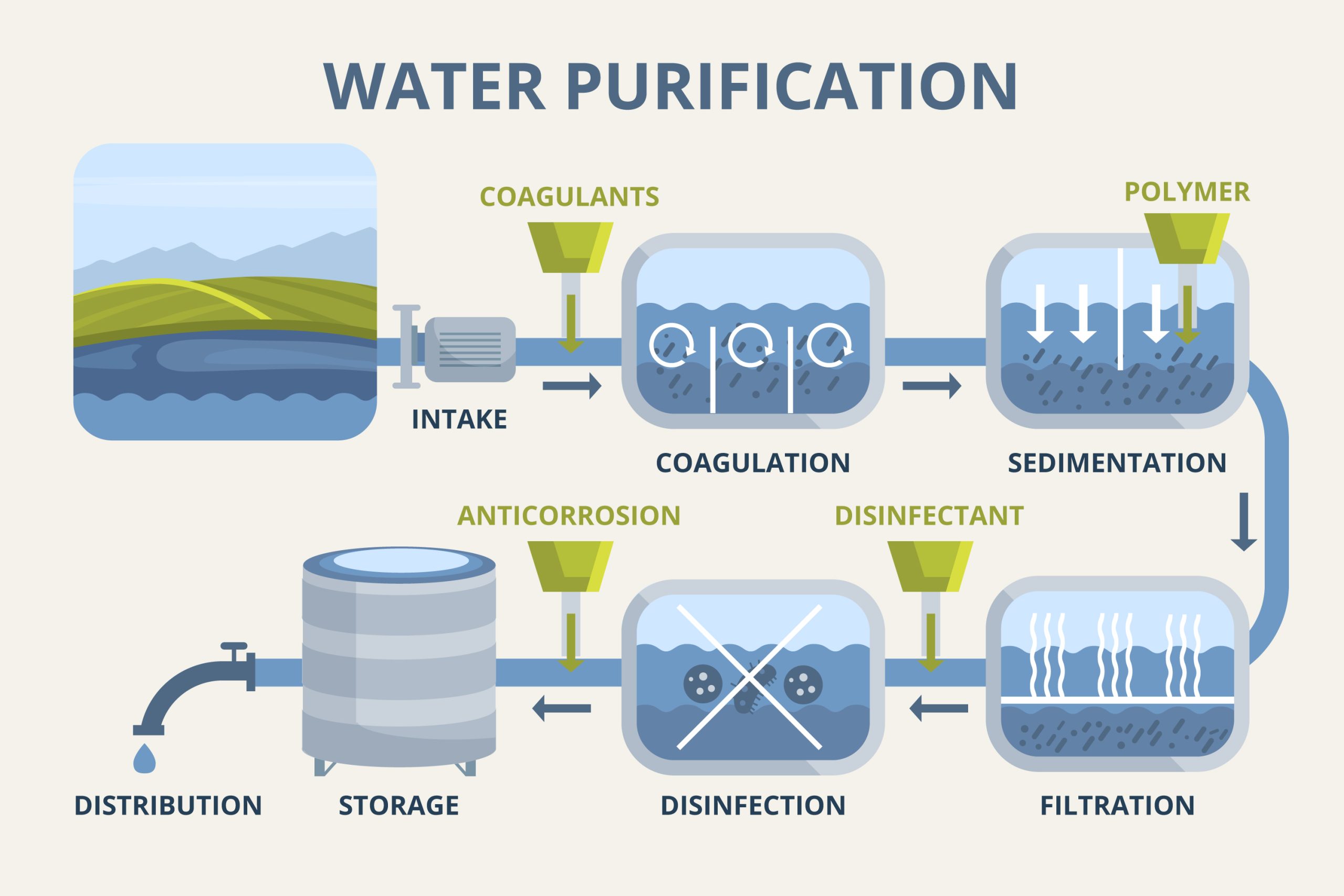

Válvulas de pinza are available in a wide range of sizes, typically from ¼ inch to 24 inches, depending on the application and valve type.
Their flexible and simple design allows them to control flow in systems that deal with abrasive, corrosive, or fibrous materials, making them a popular choice in many industries.
Whether manual or automated—like a pneumatic pinch valve or air-actuated pinch valve—these valves are favored for their low-maintenance performance and ability to isolate media completely.
Pinch valves rely on a soft, flexible sleeve made from elastomeric material to regulate and stop the flow of media.
Applying either manual or pneumatic pressure compresses the internal sleeve, effectively cutting off the flow within the valve.
Once the pressure is released, the sleeve returns to its original open shape, allowing material to pass through freely.
Pinch valves are classified into two main types: manual and automatic.
Pneumatic pinch valves fall under the automatic category and use compressed air to operate the valve instead of hand-turning or mechanical levers.
This gives them advantages in automation-heavy systems.
The most common pinch valve size range is from ¼ inch to 24 inches in diameter, although custom valves outside this range can be manufactured by specialty pinch valve manufacturers or pneumatic pinch valve suppliers.
Here’s a breakdown:
The valve size selected depends on the required flow rate, media characteristics, and system pressure.
A pneumatic pinch valve uses compressed air to compress the internal sleeve and control flow.
Since the mechanism is non-invasive—meaning nothing but the sleeve touches the media—it’s ideal for fluids that contain solid particles or are highly abrasive.
When choosing the size of a pneumatic pinch valve, engineers typically consider the following:
The ability to control these factors makes pneumatic pinch valves a preferred option in systems where contamination-free operation and corrosion resistance are critical.
Leading pneumatic pinch valve manufacturers often produce valves with modular air control systems, which makes sizing and integration into industrial processes much easier.
The terms air pinch valve and air-actuated pinch valve describe the same mechanism: a valve that operates by applying compressed air to control a flexible internal sleeve.
Though different suppliers may use various terms, the core function remains the same across manufacturers.
These valves are frequently used in:
Since only the sleeve contacts the material, there’s no risk of clogging valve components or contaminating the product.
When working with pneumatic pinch valve suppliers, it’s important to go beyond the catalog. Ask about:
Not all pinch valve manufacturers offer the same features, so identifying a supplier with experience in your specific application can streamline the selection process and reduce future maintenance.
Here are a few considerations when selecting a pinch valve size:
Sizing isn’t just about the pipe; it’s about the whole system.
Pinch valves, especially pneumatic ones, offer versatile sizing options and reliable performance for a wide range of applications.
Whether you’re handling powders, slurries, chemicals, or food products, there’s likely a valve size and configuration that will suit your needs.
From compact dosing lines to large-scale industrial systems, pinch valves deliver dependable, low-maintenance control.
If you’re sourcing valves, reputable pneumatic pinch valve manufacturers can help you identify the right air-actuated pinch valve design and ensure you meet both technical requirements and industry standards.
Recursos:
Cast Iron Pneumatic Pinch Valve Supplier in india at low price according to Standard ASME B16.34
Control Pinch Valve Sizing Guide
Pinch Valves: Mega Guide – Working, Parts, Types, Applications

ANSI Class Ratings for Y strainer flanges tell you how much pressure and temperature the flange can handle. These ratings help you choose the right flange material and design to keep your piping system safe and efficient. If you’re installing or replacing a Y strainer in a pipeline, understanding ANSI ratings isn’t optional—it’s essential. Choosing […]

To choose the right wye strainer, you need to understand mesh and screen size. These determine what particles your system can filter out. The finer the mesh, the smaller the particles it catches. This guide explains how to select the correct strainer mesh size, use a mesh size chart, and compare mesh size vs micron […]

When choosing a filter or strainer for your system, micron ratings tell you how small the particles are that your filter can catch. In simple terms, the smaller the micron rating, the finer the filter. Whether you’re in water treatment, chemical processing, or any industry that relies on micron filtration, knowing the right micron size […]

Municipal water doesn’t just show up clean at the tap—it’s the result of a carefully managed process. The liquid filtration process for municipal water treatment plants is the backbone of safe, clean drinking water. From removing dirt and debris to eliminating harmful pathogens, each step in this system ensures water meets strict safety standards. In […]



